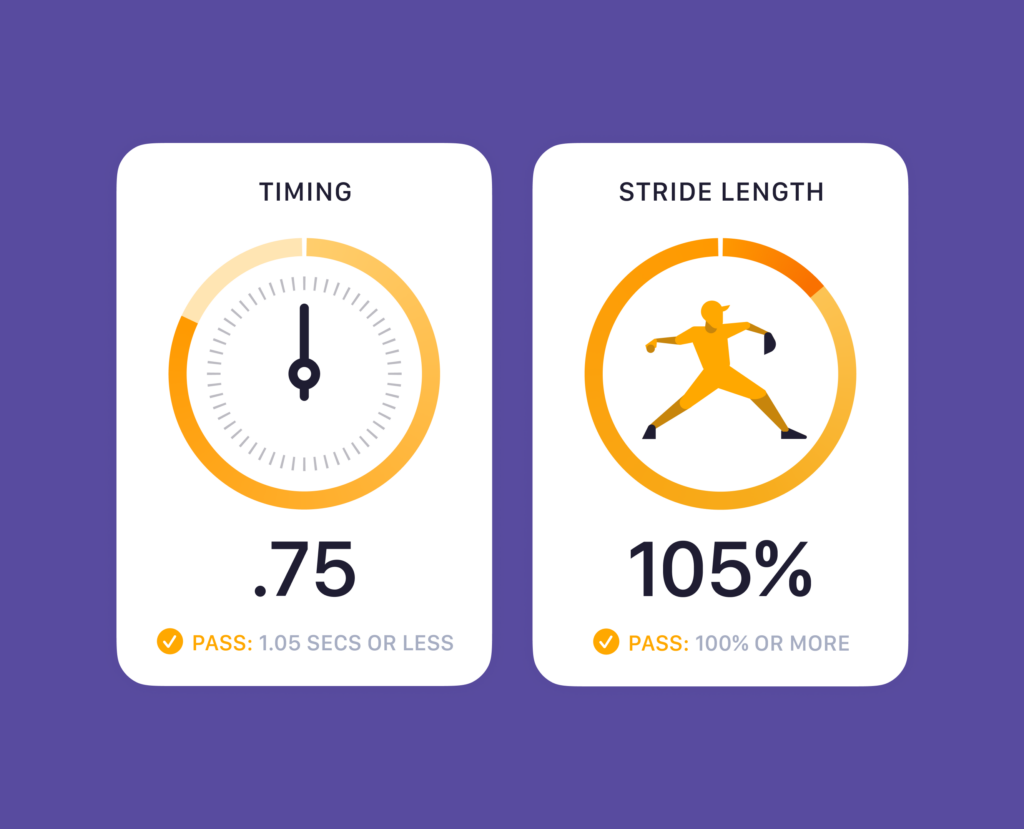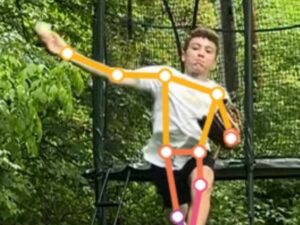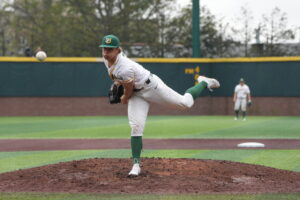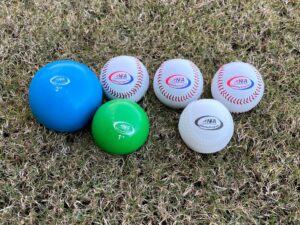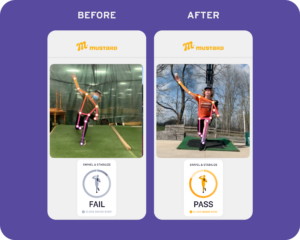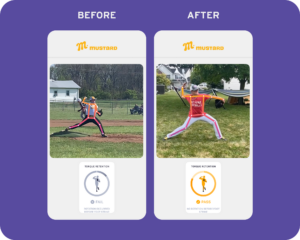By Tom House, Phd, with Lindsay Berra
The throwing motion is natural. It’s hard-wired into our DNA. We are genetically predisposed to throw in a certain timeframe. If you go back two million years to when we were throwing rocks at rabbits to get our dinners, we would shift our weight in one second or less, and the rock would come out of our hand .15 to .25 seconds later. If a young pitcher’s genetic predisposition to throw on time is off and he’s too slow, his front side will start to fly open and he’ll start to throw before his front foot gets down. So, the number one priority is to get the timing correct first. It’s OK to be quicker than one second, but it’s not OK to be slower. Because while the throwing motion is natural, throwing off a mound is not, so the pitching delivery must be as biomechanically efficient as possible. And the easiest way to ensure your biomechanical efficiency is to perfect your timing and stride length.
In honor of Nolan’s brawl, here’s a 3D analysis of Nolan Ryan vs. Greg Maddux. Watch how Maddux starts moving towards the plate earlier, but Nolan gets going faster and farther later in the delivery. Go Freakin Fast!@PitchingNinja @espn @MLB pic.twitter.com/dFIK7yok2W
— Dr. Tom House ⚾️ (@tomhousesports) August 4, 2020
What exactly is timing? Timing is measured from your first forward movement into footstrike. It is how quickly the front foot gets down and when the ball comes out of the hand. Same thing occurs in football, tennis, hitting, lacrosse. The sport doesn’t matter. Timing is always the top priority. We know from our research that the best throwers in the world typically get from first movement into footstrike in between .95 and 1.05 seconds, but most throwers can go faster, so our rule is to get into footstrike in one second or less. The key is to think “GFF.” That’s “Go Forward Fast.” The key to throwing hard easily is to use your legs to go as fast and as far as possible into footstrike. And if you need help doing this, we will have tips and drills specific to you in the “Your Plan” section of the Mustard app.
Then there is stride length. Once you get the timing down – meaning your weight is shifting into foot strike in one second or less and ball release occurs .15 – .25 seconds later, with variabilities depending on frame rate and measurement point – the further you can stride in that same time frame, the more foot pounds of energy you will generate. This is what creates momentum towards the plate. Our rule at Mustard is that your stride length should be the length of at least six of your own feet; that’s not six feet, which is 72 inches, but rather six of your own size 8s, which would be around 59 inches, or size 11s, which would be around 65 inches. If you need help striding far, check out our drills specific to you under “Your Plan” in the Mustard app.
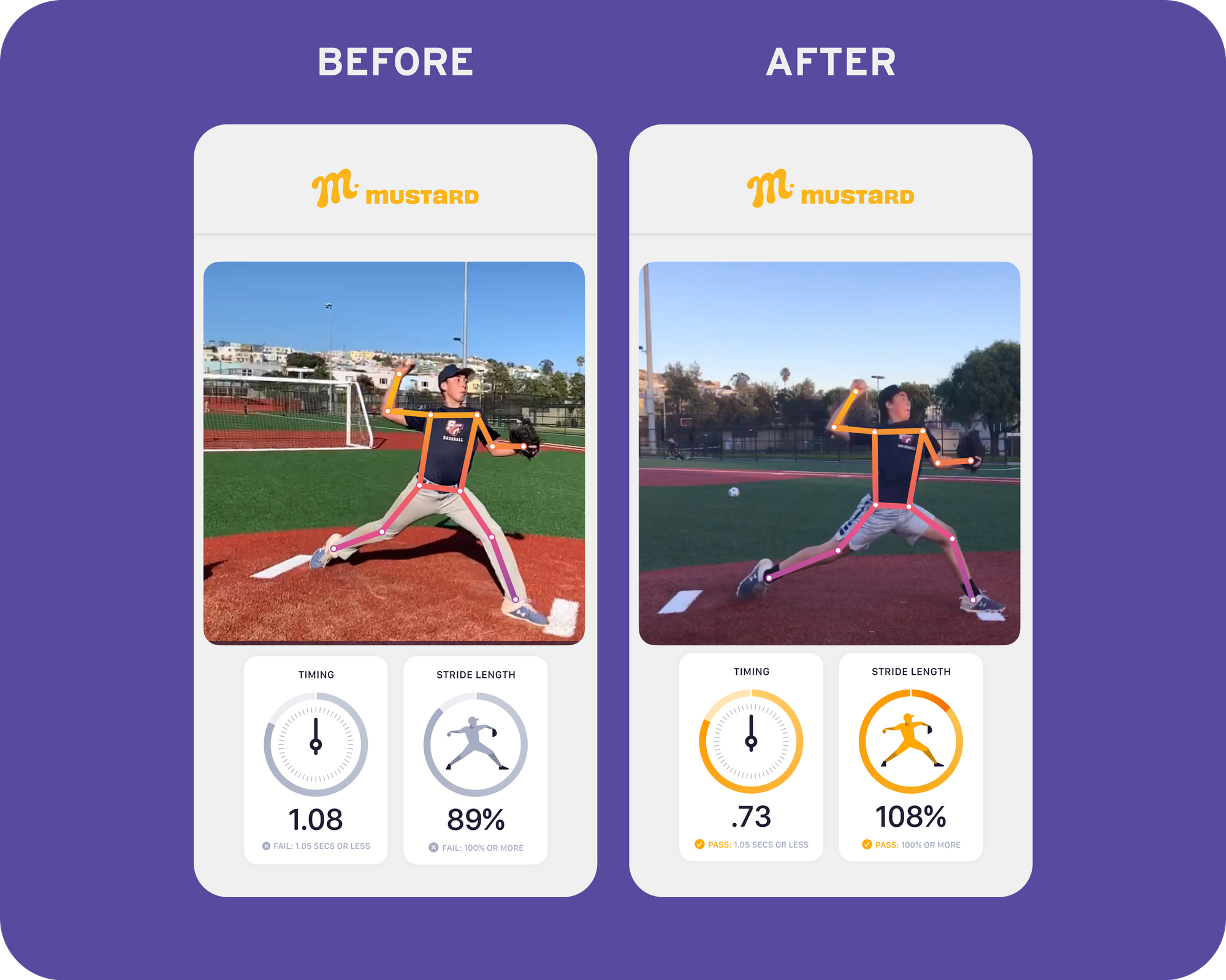
Major League pitchers will all stride, on the bell curve, at least six of their feet. About 25% of them will get out to around seven of their feet. And then there are the freaks of nature, like Aroldis Chapman or Nolan Ryan, who will stride the length of over seven of their feet. If you get over seven of your own feet, you are among the elite as far as getting the most out of your stride, your distance and how much you weigh in the time from your first forward movement to footstrike. Because force equals mass times acceleration, if you go farther faster, you get a higher chance of being able to throw hard easy.
How do stride length and release point affect velocity? The further you stride, the closer your release point is to home plate. While real velocity is what the radar gun shows, perceived velocity comes from how far the ball travels. For every one foot of distance your release point is closer to home plate, the ball appears three miles per hour faster to the hitter’s eye. Any hitter will tell you there are certain pitchers they face whose pitches just tend to “get on them faster.” These are pitchers with long strides whose release points are closer to home plate, whose pitches always seem faster than they actually are.
If you’d like more great content from Mustard, and you’d like to evaluate and improve your own pitching mechanics, download the Mustard pitching app today.

